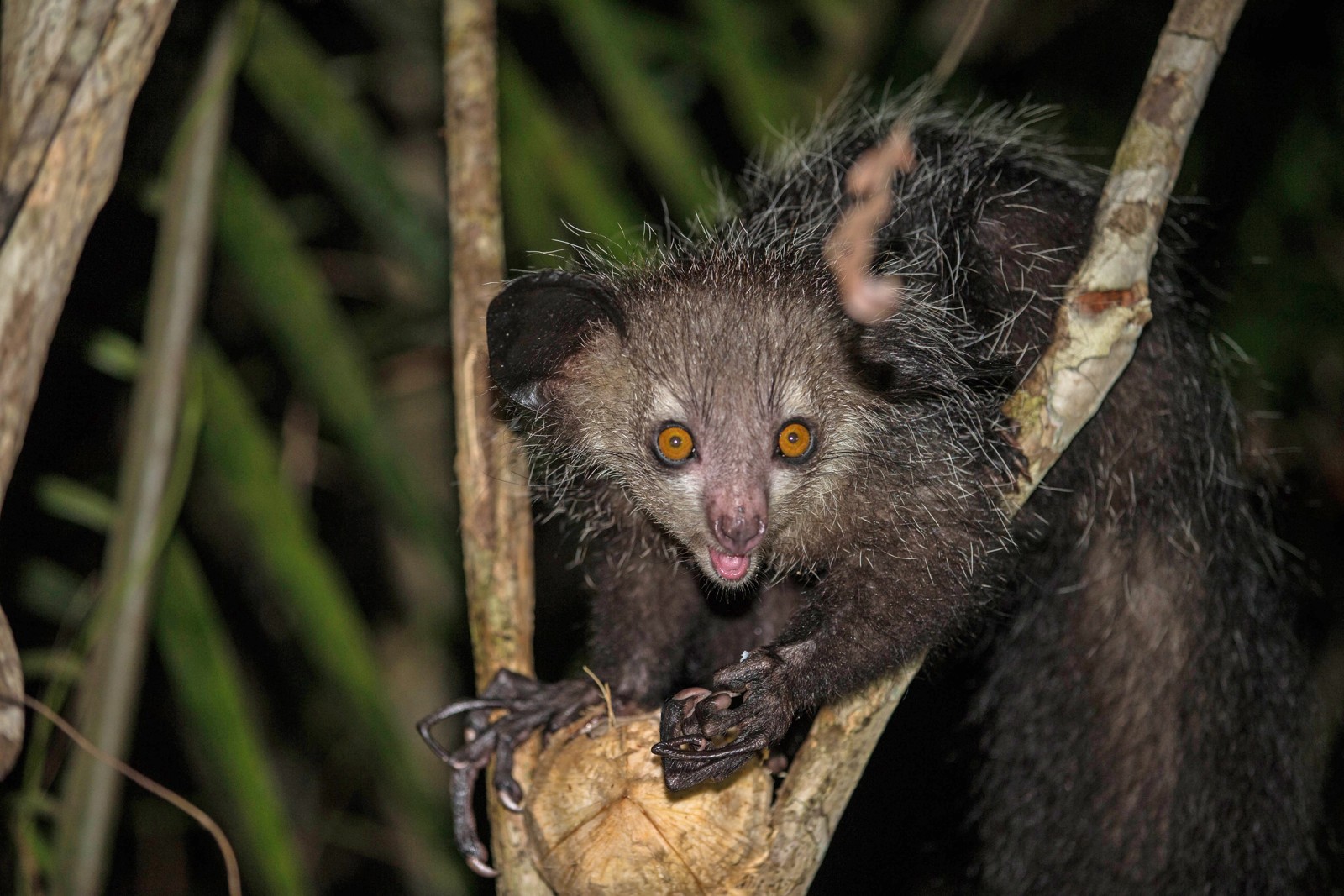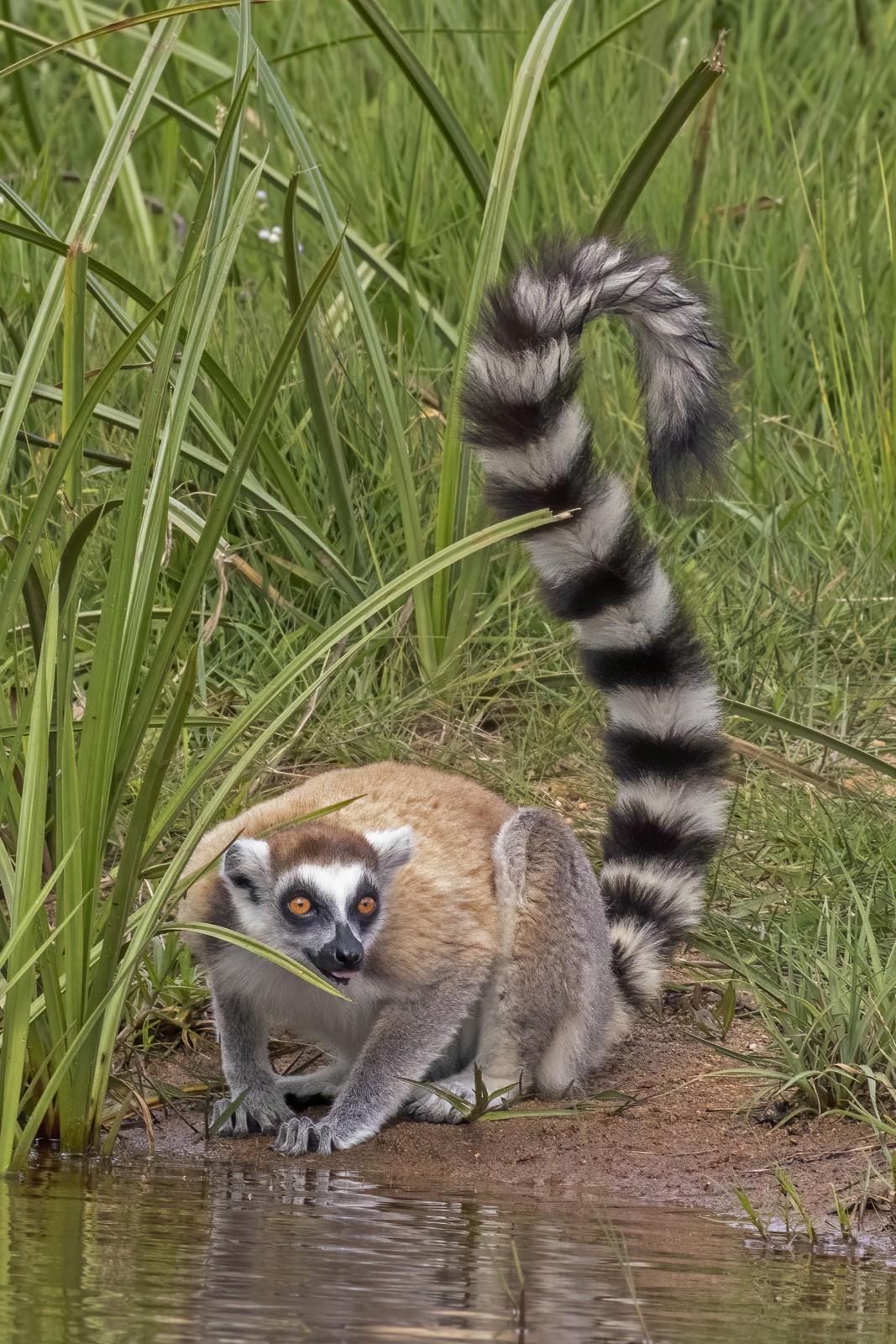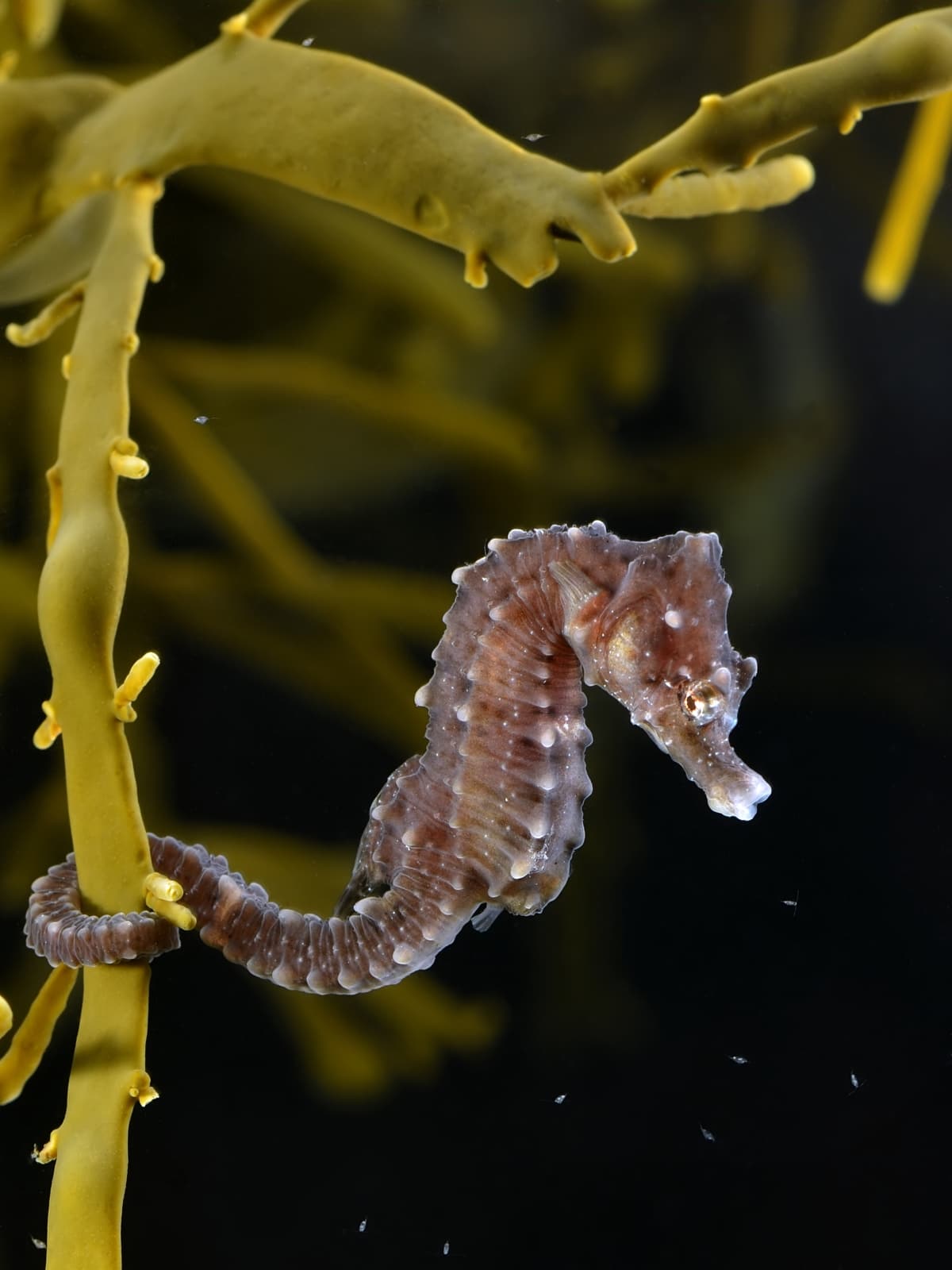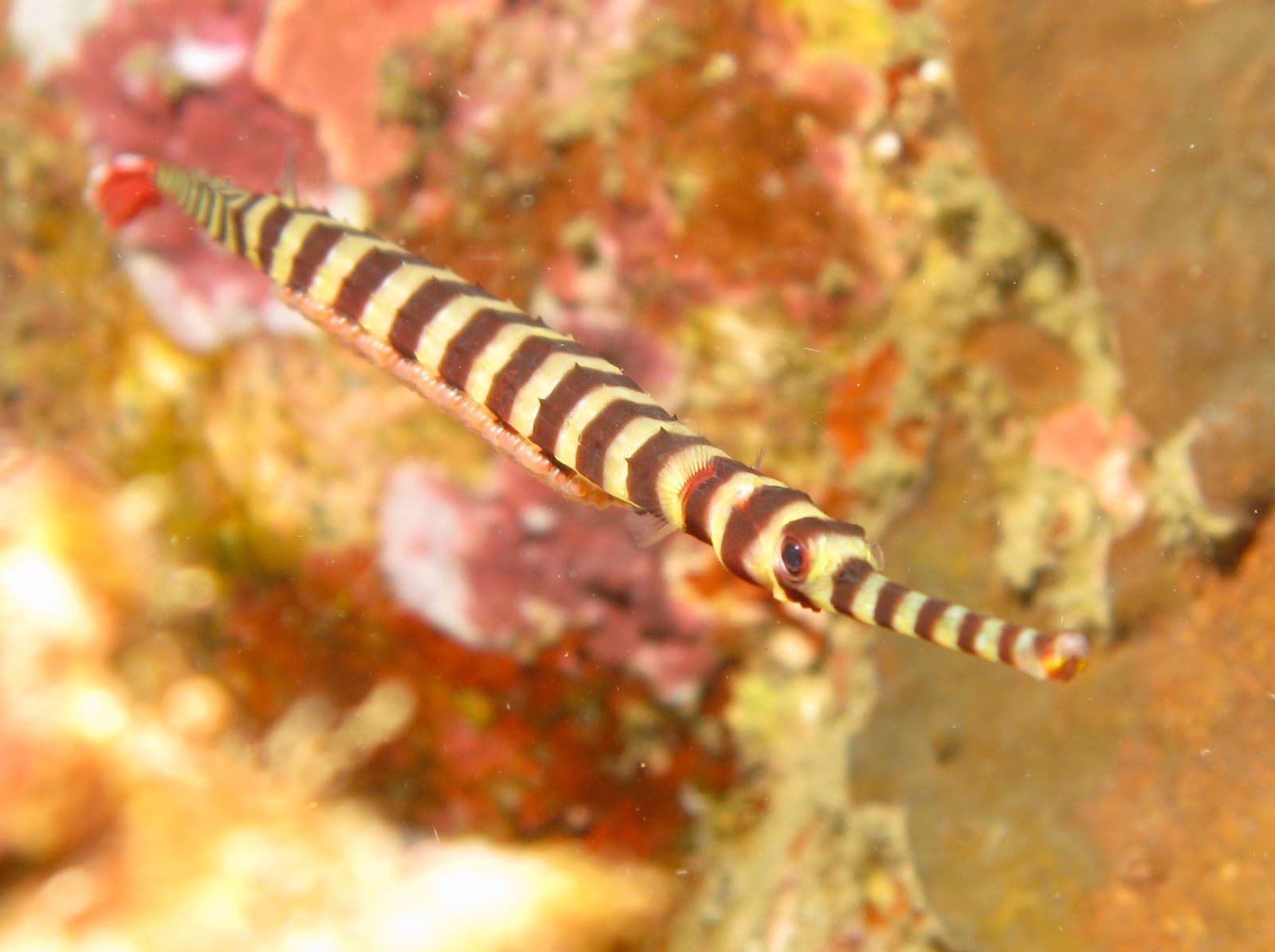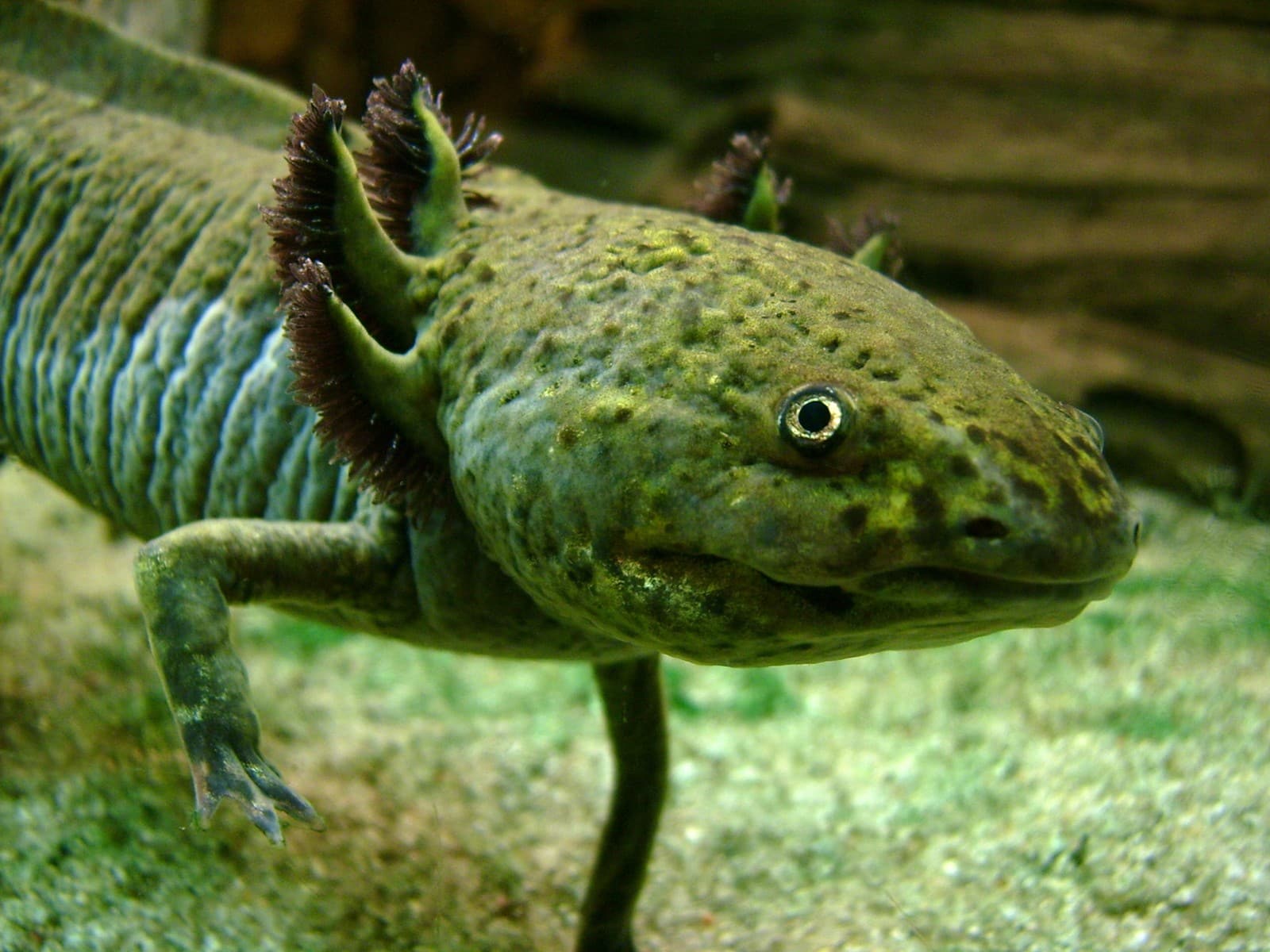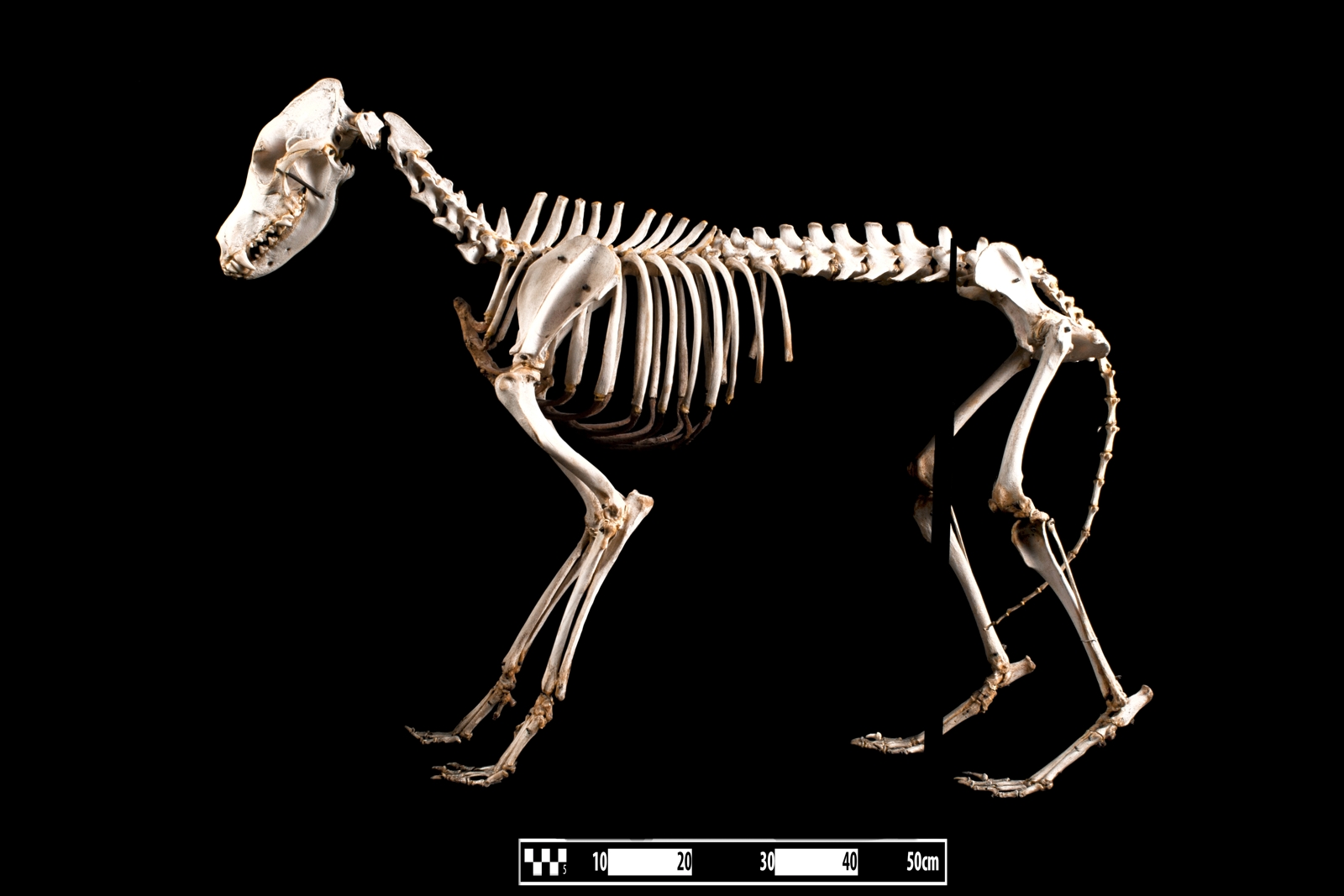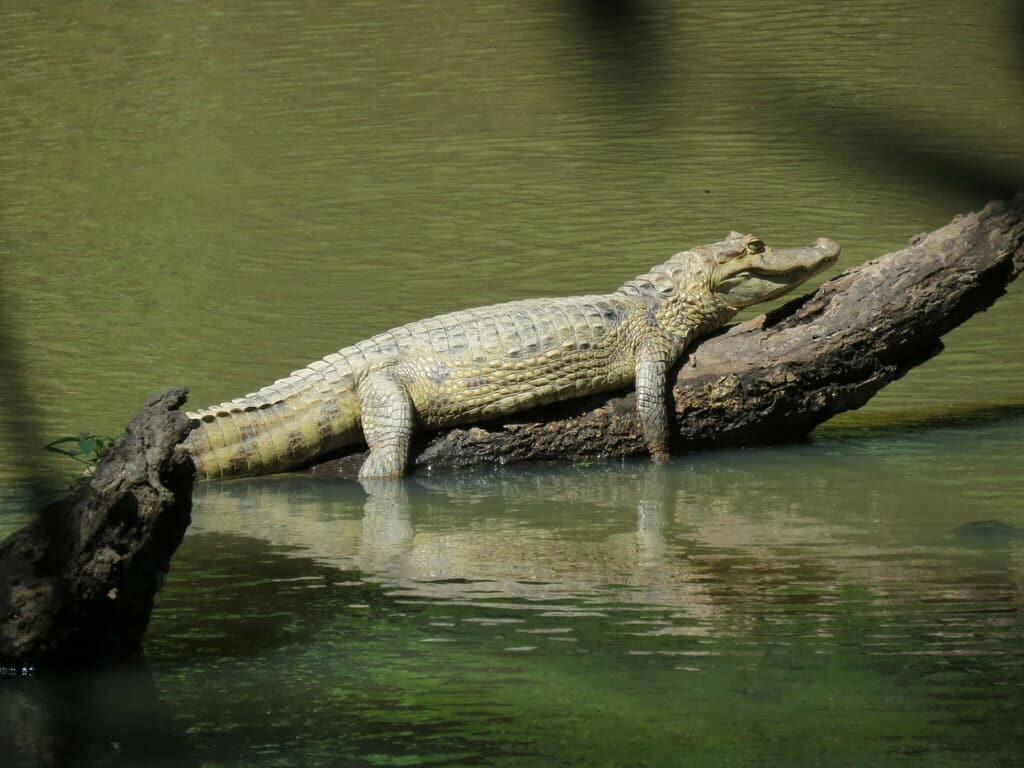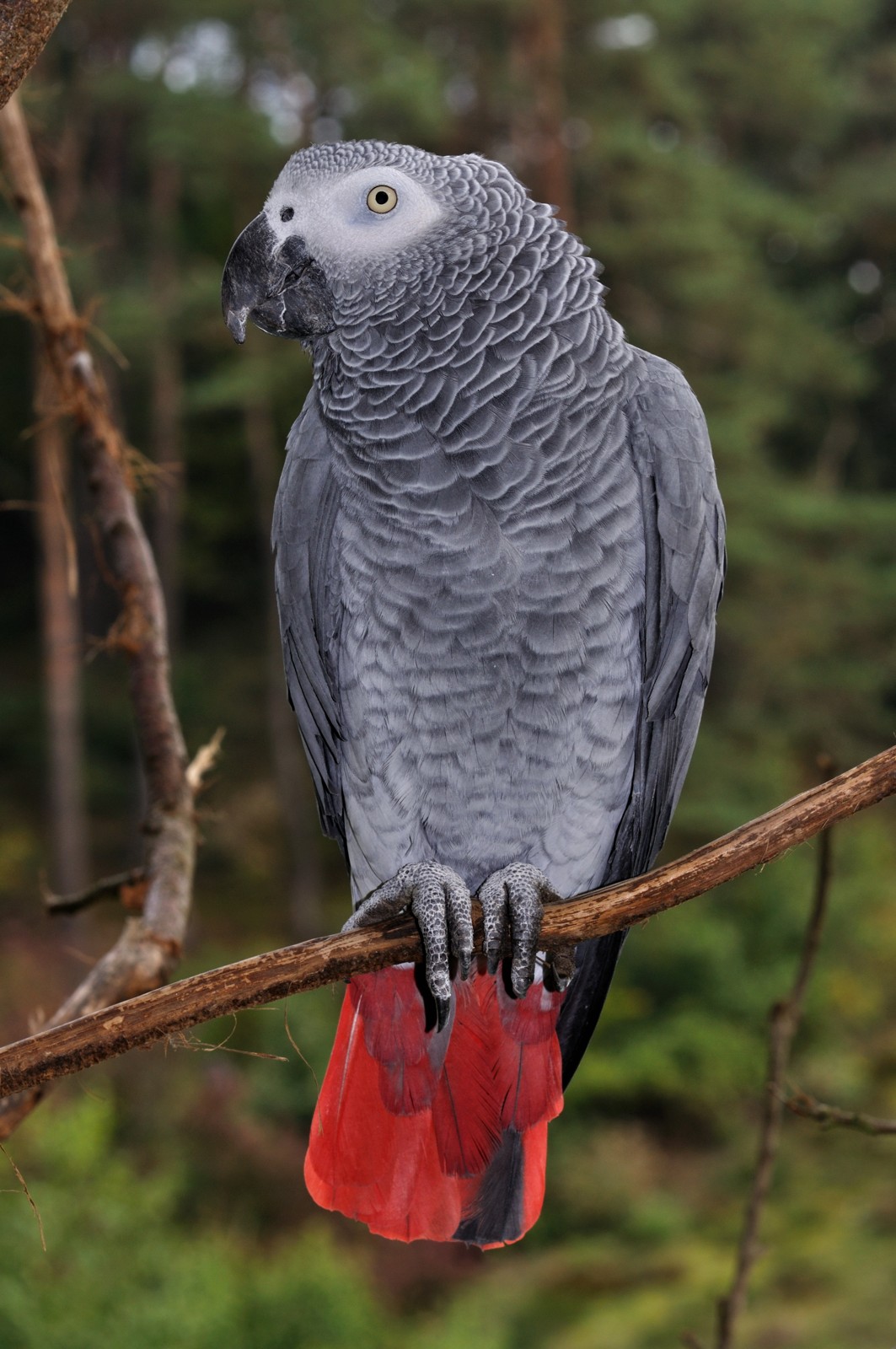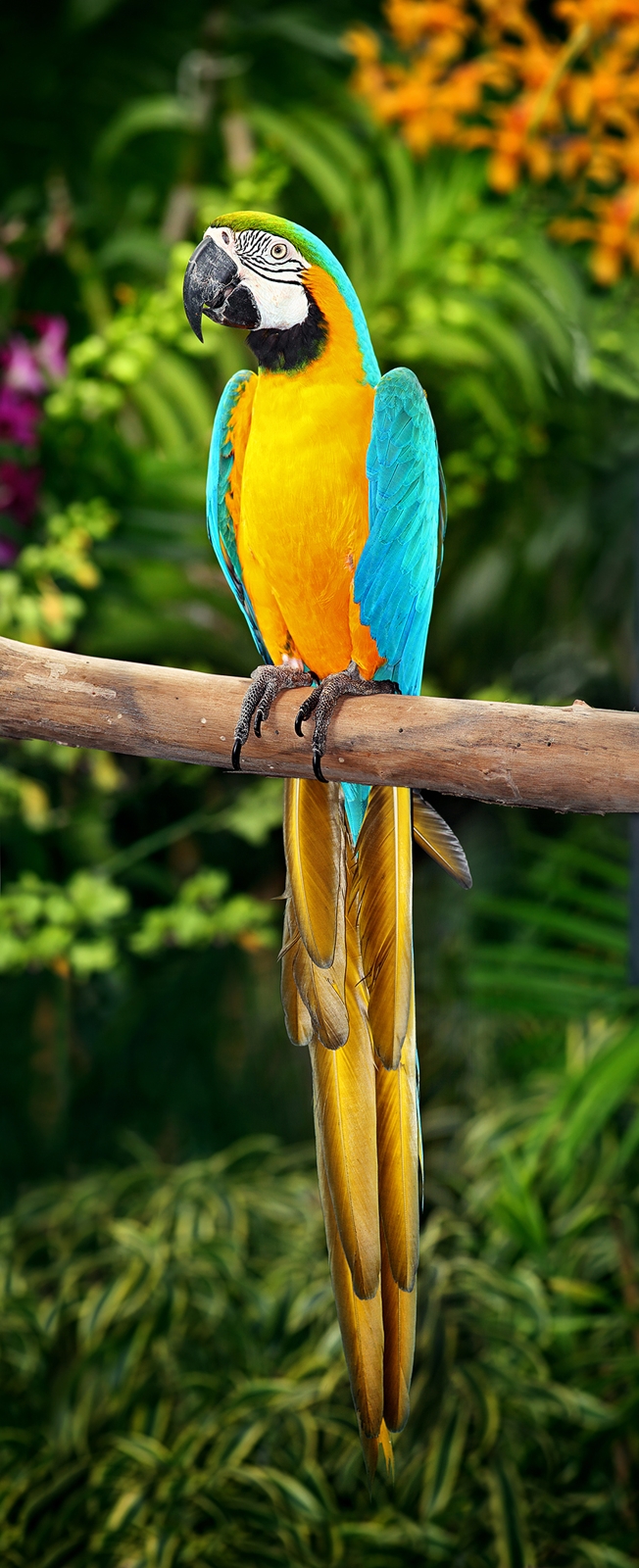Loris vs Lemur: A Complete Comparison
When comparing Loris vs Lemur species, these fascinating primates showcase distinct evolutionary paths despite their superficial similarities. While both belong to the prosimian group of primates, Lorises are native to South and Southeast Asia, weighing 2-4 pounds (0.9-1.8 kg), while Lemurs are endemic to Madagascar and can range from 1.1 ounces to 20 pounds (30g-9 kg), depending on the species.
These remarkable creatures differ significantly in their activity patterns, physical adaptations, and social structures. Lorises are predominantly solitary, slow-moving nocturnal hunters, while most Lemur species are social, agile daylight foragers that live in groups called troops.

© Dick Culbert from Gibsons, B.C., Canada / CC BY 2.0
The Slow Loris demonstrates the characteristic features that set these Asian primates apart - notably their deliberate movements and powerful grip, adaptations that make them perfectly suited for their nocturnal lifestyle.
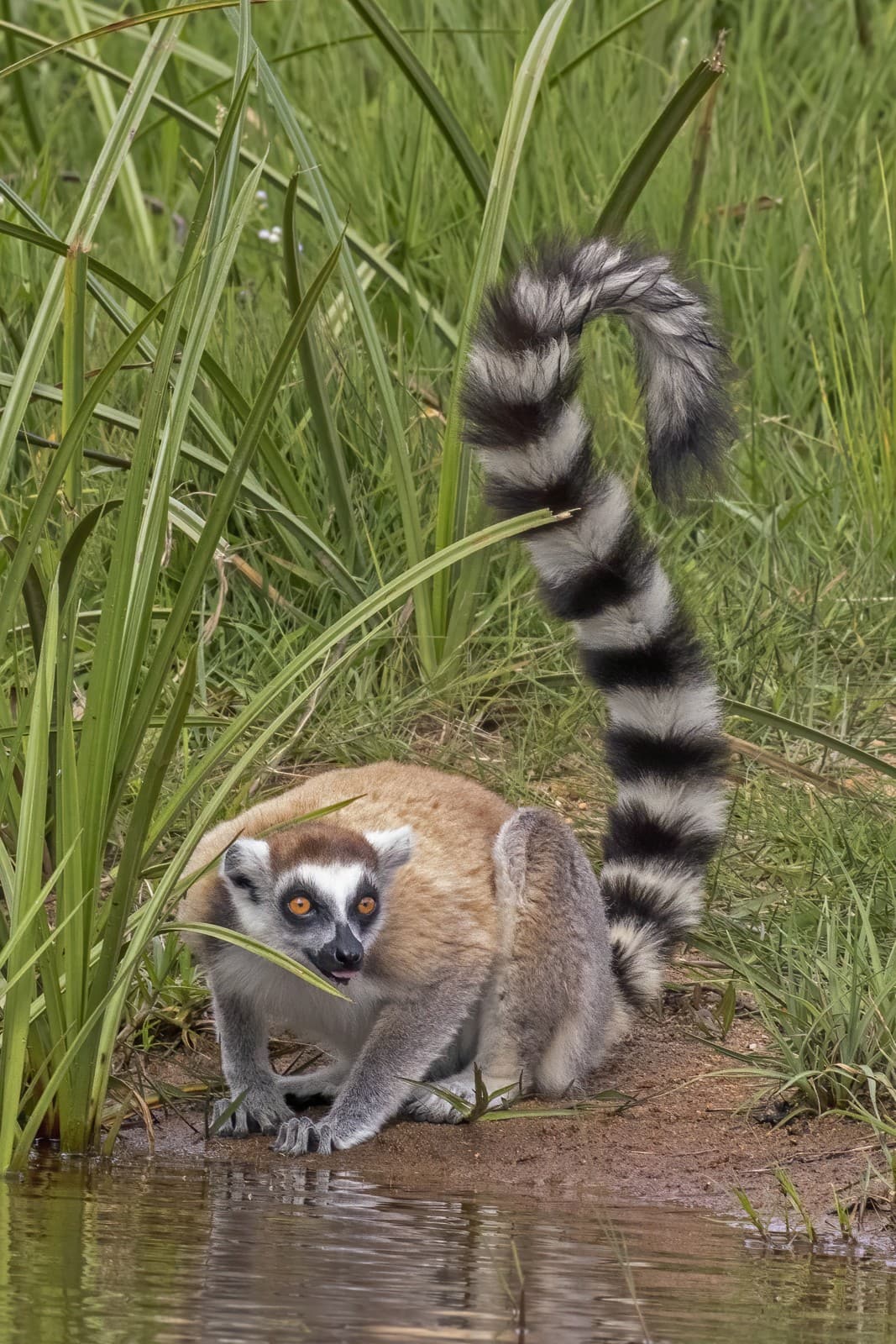
© Charles J. Sharp / CC BY-SA 4.0
The Ring-tailed Lemur exemplifies the dynamic nature of Madagascar’s primates, with its distinctive tail and social behavior representing typical Lemur characteristics that contrast sharply with their Loris cousins.
Key Differences Between Loris and Lemur
| Feature | Loris | Lemur |
|---|---|---|
| Geographic Range | South and Southeast Asia | Madagascar only |
| Size | 7-15 inches (18-38 cm) | 4-28 inches (10-71 cm) |
| Weight | 2-4 pounds (0.9-1.8 kg) | 1.1 oz-20 lbs (30g-9 kg) |
| Activity Pattern | Strictly nocturnal | Mostly diurnal, some nocturnal |
| Social Structure | Solitary | Group-living (troops) |
| Movement Speed | Slow and deliberate | Quick and agile |
Habitat and Distribution
Lorises inhabit tropical rainforests and evergreen forests across South and Southeast Asia, from India to the Philippines. These nocturnal primates prefer dense vegetation where they can move carefully from branch to branch. In contrast, Lemurs are found exclusively in Madagascar, where they’ve evolved to fill numerous ecological niches, from rainforests to semi-arid regions.
Behavioral Differences
Social Structure
While Lorises typically lead solitary lives, meeting primarily for mating, Lemurs showcase complex social behaviors. Most Lemur species live in groups of 6-30 individuals, with females typically dominating the social hierarchy - a unique characteristic among primates.
Feeding Habits
Lorises are specialized hunters, using their slow, deliberate movements to catch insects and small prey. Their diet includes:
- Insects
- Small reptiles
- Bird eggs
- Tree gum
- Fruits
Lemurs, meanwhile, show more varied dietary preferences:
- Leaves
- Fruits
- Flowers
- Bark
- Some insects
Physical Adaptations
Vision and Movement
Lorises possess extraordinarily large eyes adapted for nocturnal hunting, with specialized blood vessels in their hands and feet that enable their characteristic strong grip. Their slow movement helps them avoid detection by predators and prey alike.
Lemurs have developed different adaptations, including:
- Excellent color vision (in diurnal species)
- Powerful hind legs for leaping
- Long tails for balance
- Specialized grooming claws
Conservation Status
Both groups face significant conservation challenges, though their threats differ:
Loris Threats:
- Habitat destruction
- Wildlife trafficking for pet trade
- Traditional medicine trade
Lemur Threats:
- Deforestation
- Hunting for bushmeat
- Climate change
- Habitat fragmentation
Who Would Win in a Confrontation?
While direct confrontations between Lorises and Lemurs would never occur naturally due to their geographic separation, it’s worth noting their defensive capabilities. Lorises possess a unique adaptation - toxic bite capability - making them one of the few venomous mammals. However, Lemurs, particularly larger species, have advantages in:
- Speed
- Agility
- Group defense tactics
- Size (in most species)
The theoretical outcome would largely depend on the species involved, though neither animal is naturally aggressive toward other primates.
Evolutionary History
These primates represent different evolutionary paths within the prosimian group:
- Lorises evolved in mainland Asia, developing specialized adaptations for nocturnal hunting
- Lemurs evolved in isolation on Madagascar, radiating into numerous species filling various ecological niches
This isolation has led to distinct characteristics that make each group uniquely adapted to their respective environments and lifestyles.
